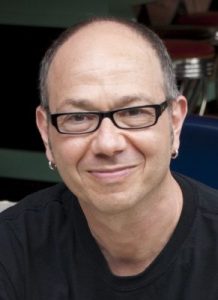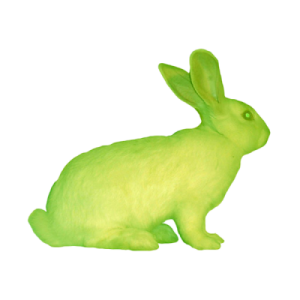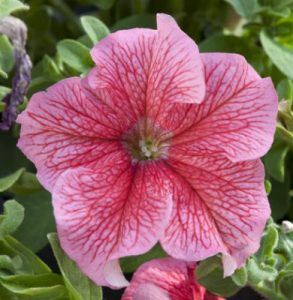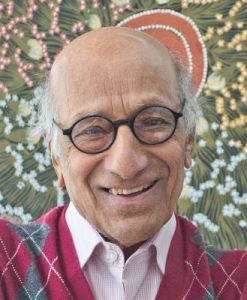The creator of the term “bio art,” an expressive form that interprets scientific principles and concepts through artistic installations, exhibitions and performances, is the keynote speaker for the University’s annual Kashi and Kameshwar C. Wali Lecture in the Sciences and Humanities.

Eduardo Kac, an internationally recognized contemporary artist and poet, will speak on Thursday, Oct. 24, at 4:30 p.m. in the Life Sciences Complex atrium. His talk, “Rockets for the Sake of Poetry,” will feature highlights of his 40-year artistic career, his development of bio art and insights about his space artworks. This year’s lecture is hosted by the BioInspired Institute and its Posthumanities: Arts and Sciences research focus group.
‘Bio Art’ Developer
Kac uses biotechnology and genetics to create and explore scientific techniques. In the early 1980s he created digital, holographic and online works that anticipated today’s global culture of information that is constantly in flux. In 1997, he coined the term “bio art,” which launched a new art form.

Among his famous works are the transgenic rabbit GFP Bunny, for which he used molecular biology and a jellyfish protein to create a live rabbit that glows a fluorescent green color under blue light. In “Natural History of the Enigma,” he combined his own DNA with that of a petunia flower to form a new “plantimal.”

His pieces have been shown around the world and, in one instance, out of this world: his hologram, “Agora,” was sent into outer space. Kac’s “Inner Telescope” was also realized in outer space with assistance from French astronaut Thomas Pesquet.
His career also spans poetry, performance, drawing, printmaking, photography, artist’s books, early digital and online works, holography, telepresence and space art. He is a professor of art and technology at the School of Art Institute of Chicago and a Ph.D. research fellow at the Centre for Advanced Inquiry in Interactive Arts at the University of Wales in Newport, Wales.
BioInspired Focus
As an institute for material and living systems, BioInspired hosts researchers who examine topics in complex biological systems and develop and design programmable smart materials to address global challenges in health, medicine and materials innovation. They include faculty, undergraduate and graduate students, and postdoctoral scholars from life sciences, engineering, physics and chemistry who work in three focus areas: Smart Materials, Form and Function and Development and Disease.
Last year, the institute added a fourth focus area, Posthumanities: Arts and Sciences, to push the boundaries of traditional scientific inquiry through activities and collaborations between the arts and humanities and the science-based disciplines.
The Posthumanities’ focus area coleaders, Boryana Rossa, of the College of Visual and Performing Arts, and G. Douglas Barrett, of the S.I. Newhouse School of Public Communications, spearheaded the proposal to invite Kac as the 2024 Wali Lecture keynote. They worked with BioInspired leaders Jay Henderson, institute director; Heidi Hehnly-Chang, associate director, and Jeremy Steinbacher, operations director.
The Wali Lecture represents a partnership of the College of Arts and Sciences Department of Physics and the Syracuse University Humanities Center. It is part of the 2024-25 Syracuse Symposium “Community.”

The lecture was established in 2008 by his daughters to commemorate Wali’s vision and leadership to recognize their parents’ dedication and contributions to the University and the greater community. Wali was the Steele Professor of Physics Emeritus in the College of Arts and Sciences and internationally recognized as a theorist for research on the symmetry properties of fundamental particles and their interactions, as well as for his work as an author. He joined the University in 1969. He previously was at Harvard and Northwestern Universities, the University of Chicago, Ben-Gurion University of the Negev in Israel, Institut des Hautes Études Scientifiques in France and the International Center for Theoretical Physics in Italy. As a fellow of the American Physical Society, whose India Chapter named him Scientist of the Year in 2022, he received Syracuse’s Chancellor’s Citation for exceptional academic achievement and was one of the founding members of the University Lecture Series
-by Diane Stirling
